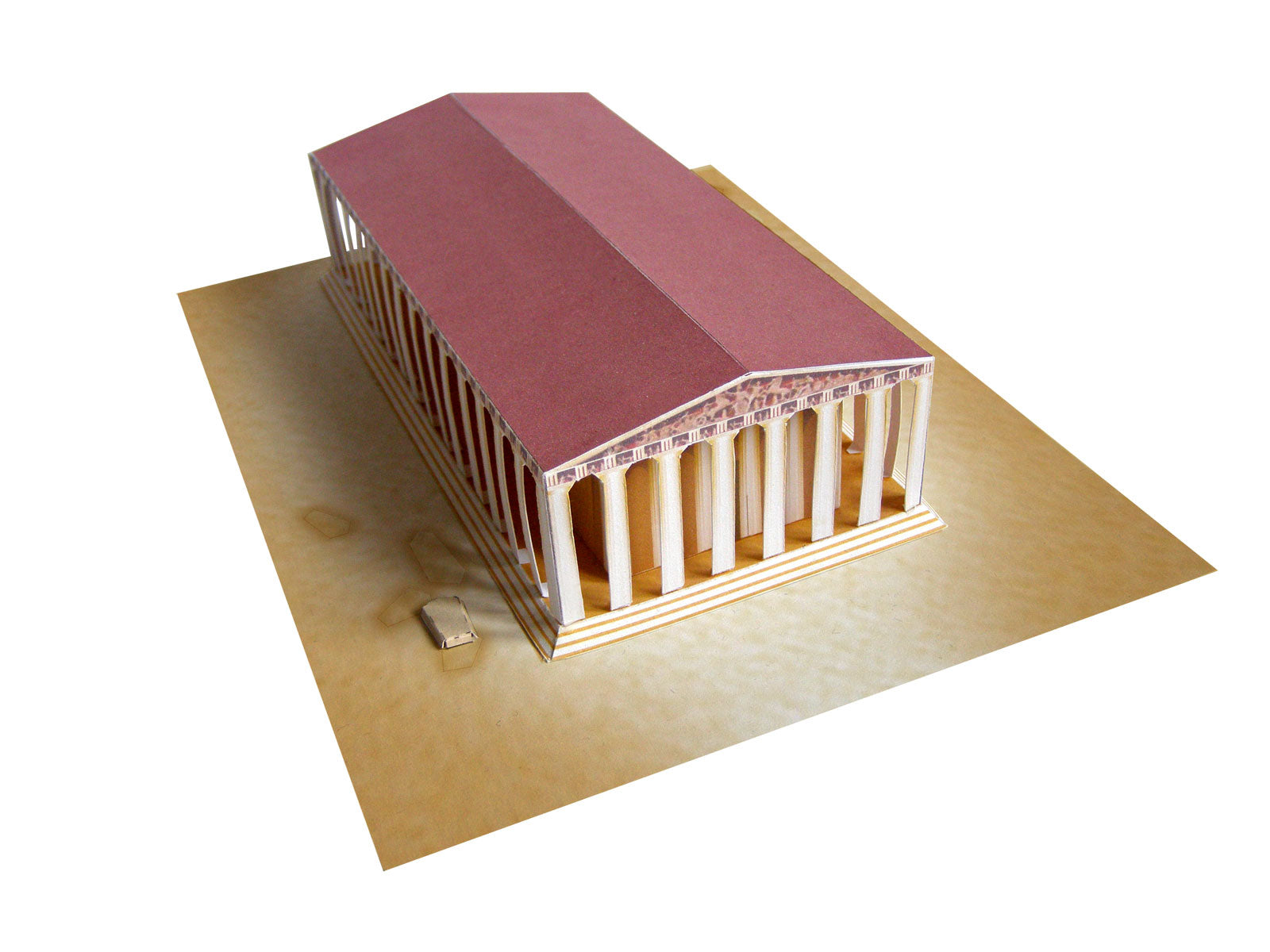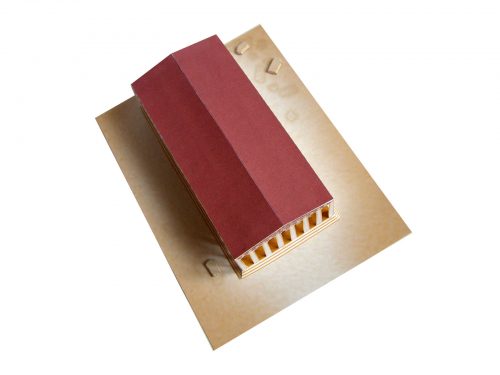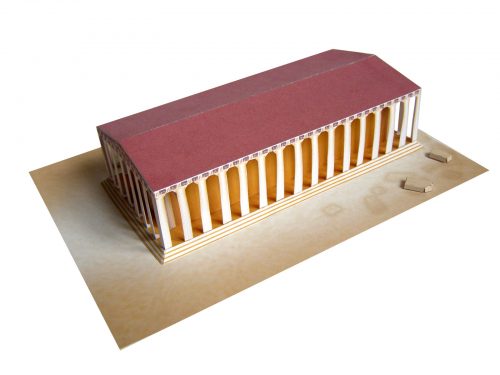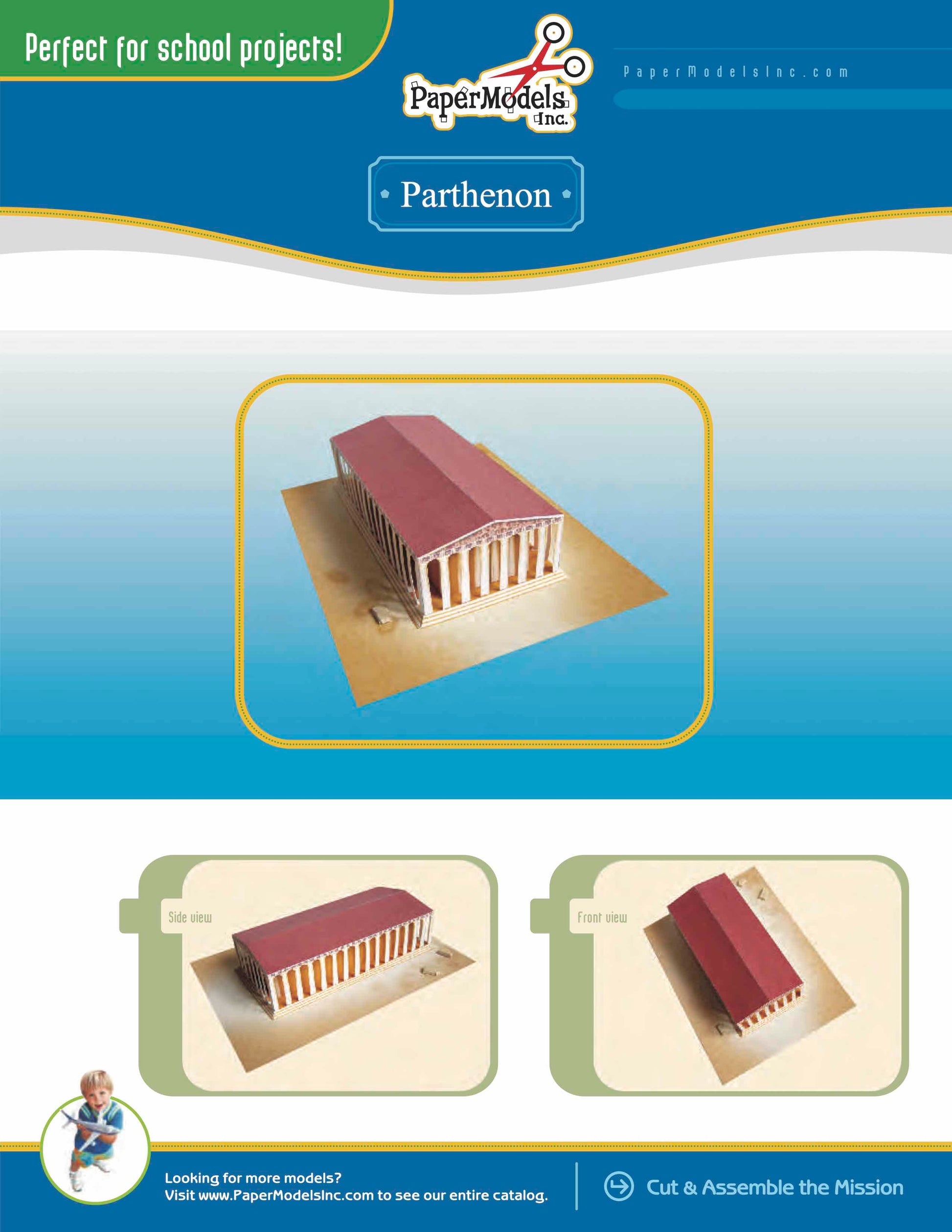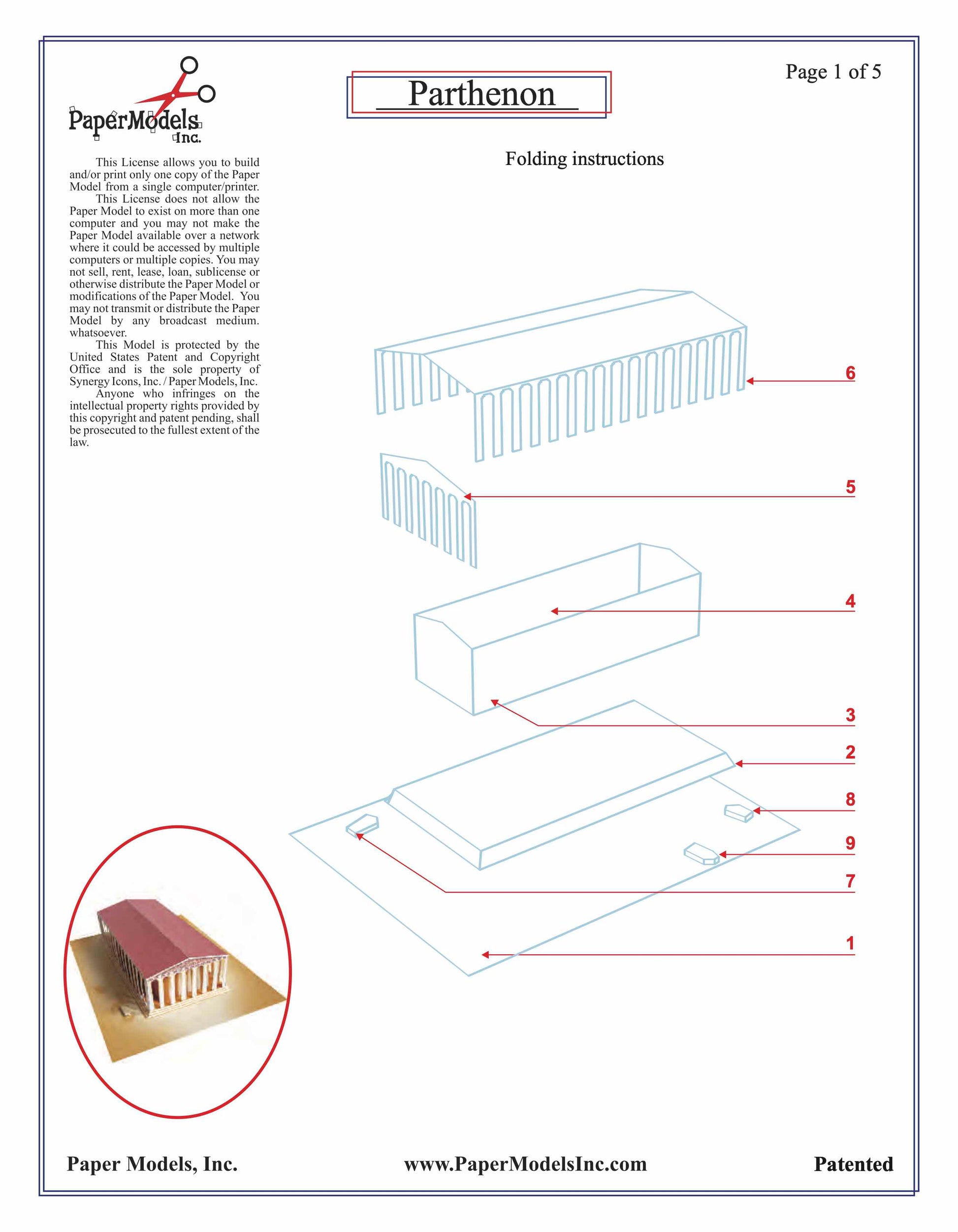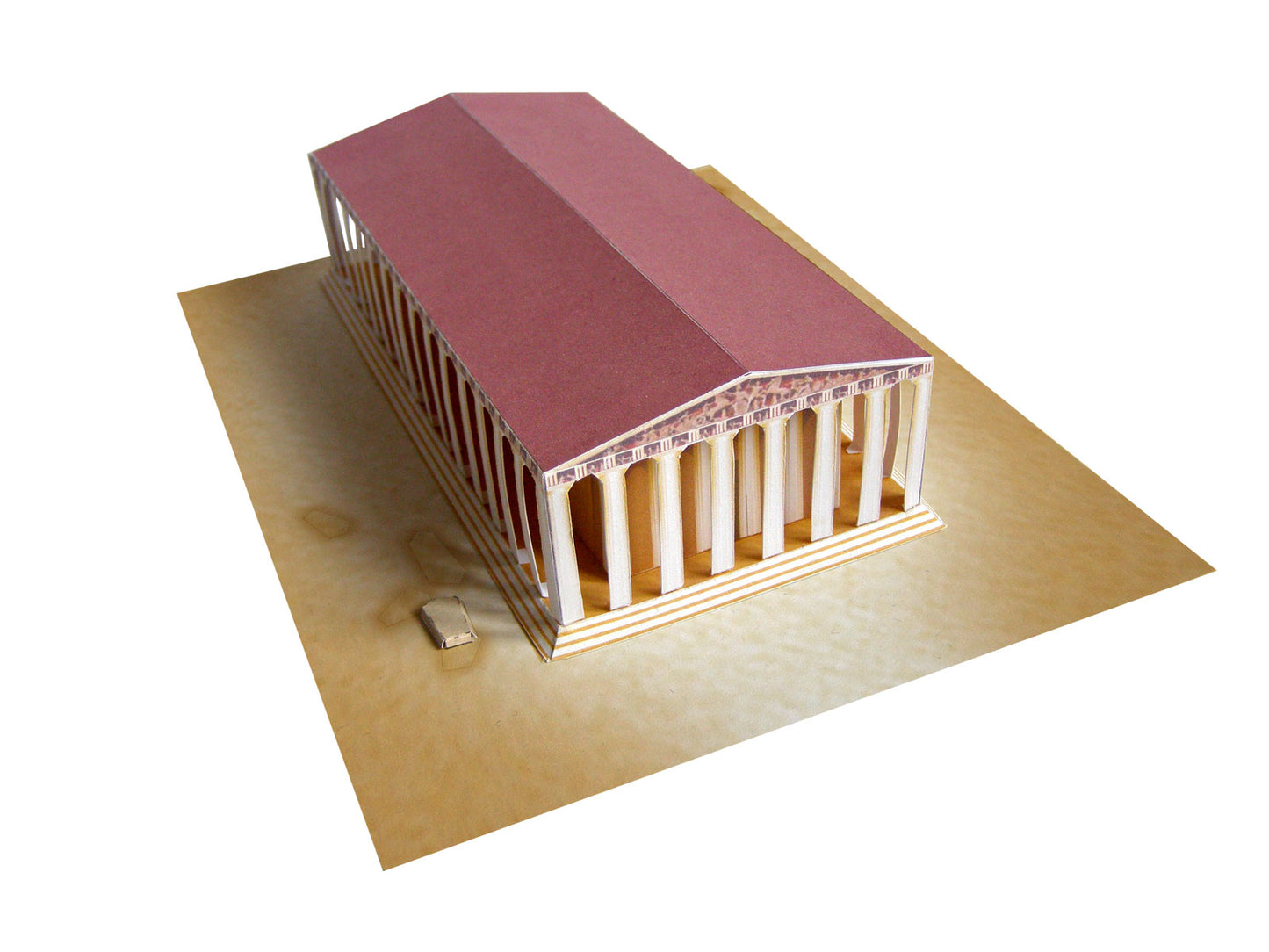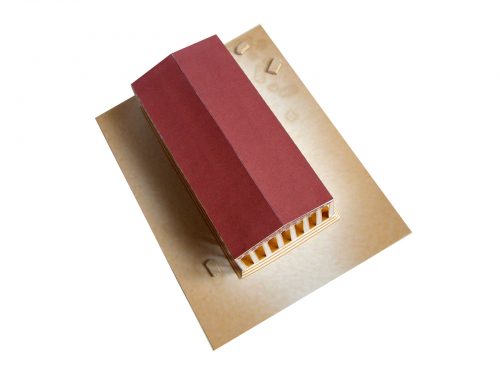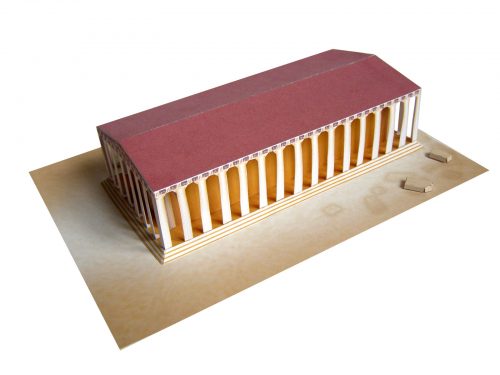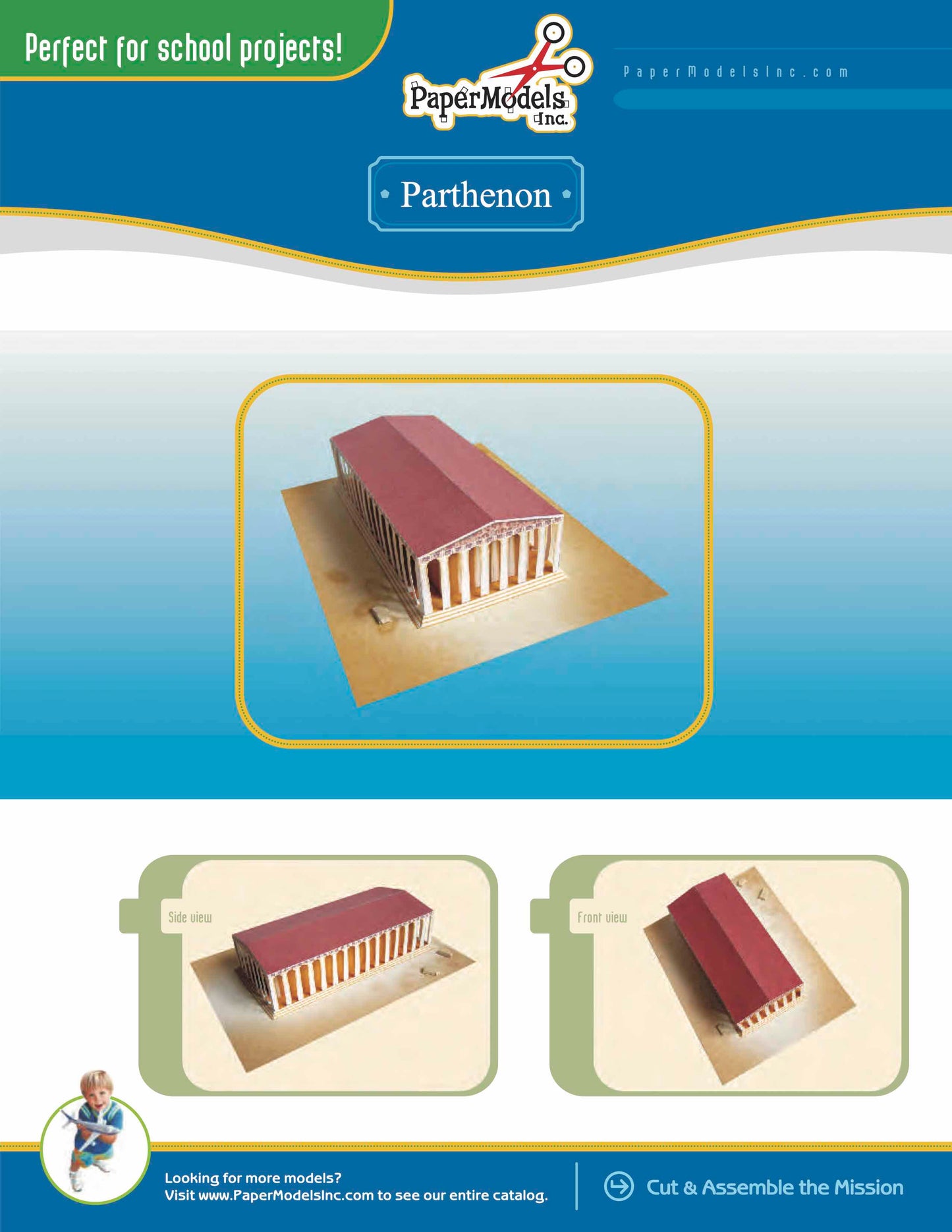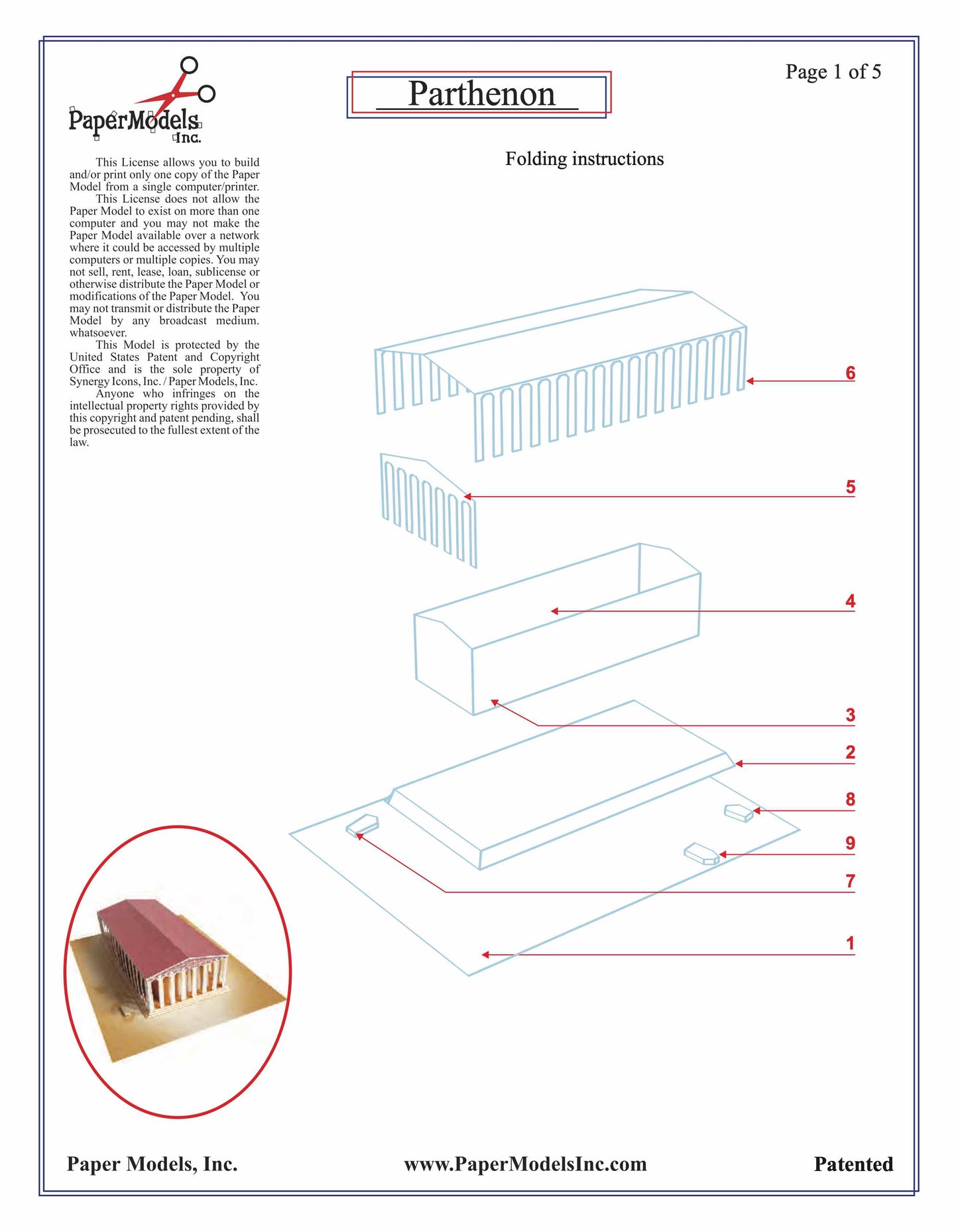Parthenon - Acropolis, Greece - Paper Model Project Kit
Parthenon - Acropolis, Greece - Paper Model Project Kit
No se pudo cargar la disponibilidad de retiro
🌟 Welcome to Paper Models Online – Your Shortcut to Academic Excellence! 🌟
Are you tired of stressing over last-minute school projects? Look no further! Paper Models Online is here to make your academic life a breeze.
🚀 Why Choose Us?
At Paper Models Online, we understand the pressure of looming deadlines and the desire for that coveted "A" grade. That's why we've crafted the perfect solution for you! Whether you're a student aiming for extra credit, a parent looking for quality time with your kids, or just someone in need of a break from the chaos, our paper models are your ticket to success!
💻 Instant PDF Download OR Pre-Printed & Shipped
You're in control! Choose from our instant PDF download, starting at just $9.95 for the 7"x10" size or $11.95 for the 10"x13" size.
Print it on your home or office printer using regular paper, or opt for the hassle-free pre-printed option. We'll ship it directly to your doorstep for a flat $5 fee via USPS First-Class Parcel, ensuring you get it in 1-3 days!
✂️ Easy Assembly, Maximum Impact
With just a pair of scissors, some glue, and an hour of your time, you can turn these paper sheets into stunning three-dimensional architectural replicas or complete science projects. The images on our website are real models made from our kits, and we even provide a history to help you craft an impressive report.
🎨 Unleash Your Creativity
Not into mission kits? No worries! Our models double as templates for your creative genius. Paint, trace, adjust sizes—your imagination is the only limit! Create a custom masterpiece that reflects your unique style and personality.
🛒 The Buying Process Made Simple
- Choose Your Size: 7"x10" or 10"x13"
- Choose Your Delivery: Instant PDF download or pre-printed and shipped
- Purchase Your Model: It's that easy!

📦 Typical Kit Sample
Each kit includes 8 to 18 pages, providing everything you need to bring the model to life. An "exploded view" guides you through assembly, and a complimentary history adds that extra touch for your report. Impress your teacher not just with creativity but also with your research skills!
Don't let deadlines stress you out. Choose Paper Models Online for your next school project, and let us be Your Best Way To Get An "A"! 🌟
 |
 |
 |
| Exploded View | Sample Pieces | Finished Model |
Free History For Your Report
The Parthenon
The Parthenon, located in Athens, Greece, was originally built in 432 BCE as a temple to Athena, the Greek goddess of wisdom. It is located atop the Acropolis (“Sacred Rock”) of Athens, a flat-topped rock that rises above the city and serves as a place of holiness and reverence. One of the most important classical and religious monuments in the world, this structure built at the pinnacle of Greek art is said to represent progressive ancient Greek thought and diplomacy.
The Parthenon we see today, however, was not the first structure to sit upon the scared Acropolis. The first known structure on the present-day site of the Parthenon was the Hekatompedon, a hundred-foot structure that little is known about, that may have been apart of the nearby temple of Athena Polias, which was also located atop the Acropolis. After the Greeks tore down the Hekatompedon, they started construction on the first version of a temple to Athena, which is today referred to as the Pre-Parthenon.
The construction of the Pre-Parthenon began around 490 BCE, shortly after the Athenians’ victory over Persia in The Battle of Marathon. Not settling for defeat, the Persians returned to Athens in 480 BCE to lay waste to the Acropolis, ransack the city, and destroy the Pre-Parthenon, which was still under construction; this construction and destruction by the Persians was documented by Greek historian Herodotus. The site was left empty for thirty- five years, as part of a Greek oath not to rebuild any city sanctuaries that were destroyed by the Persians. It is not clearly known why this oath was taken, other than the fact that the rebuilding of the sanctuaries would be a moot point given the consistency of Persian attacks. This oath was finally done away with in 450 BCE, at which time the Peace of Callias Treaty was agreed upon by both Athenian and Persian leaders.
After the signing of the peace treaty, Athenian General Callias undertook a massive, 50- year long building project in order to restore Athens to its intended glory. This period, known as The Golden Age, instituted the massive rebuilding of the Acropolis, with the construction of the Parthenon, the Propylaia, the temple to Athena Nike, and the Erechtheion. The Parthenon was the most expensive structure completed during the city’s Golden Age, due to its construction utilizing stone harvested from Mount Pentelicus.
The Parthenon was constructed in the Greek Doric order of architecture, and in its glory it was said to be the most elaborate example of such architecture. Today, due to damage to the building, Athens’ Temple of Hephhaestus serves as a more complete example. The Parthenon was highly decorated, both inside and out with Doric architecture, as well as the limited use of Ionic architecture, another decorative construction method used in ancient Greece. Inside the temple was the sculpture of Athena Parthenos, which was sculptured by famed Greek artist Phidias. The statue was dedicated by Phidias, and indeed the whole temple was officially dedicated to Athena Parthenos, in 439 BCE. Construction continued, however, until 432 BCE, just before the start of the Peloponnesian War. The structure also served as a treasury, storing money and valuables of the Delian League (an association of Greek city-states) in the temple’s back room.
The Parthenon remained as a temple to the Greek goddess for over one-thousand years, even during the absorption of Greece into the mighty Roman Empire. During its control by the Romans, the City of Athens was reduced from a glorious city-state in ancient Greece to little more than a Roman provincial town. During the 5th Century AD, the Acropolis was looted, and the statue of Athena was stolen and taken as loot to Constantinople. In 1204 AD, the statue was destroyed by Christian crusaders during the Fourth Crusade, who ransacked the Byzantine capitol city of Constantinople while on their way to conquer Muslim Jerusalem. Some interior columns and statues were also destroyed within the Parthenon, as it was set to be converted to a Christian church rather than a pagan temple. During Byzantine rule, the Parthenon was the Church of the Parthenos Mary (Virgin Mary); and was the Roman Catholic Church of Our Lady during Latin Empire rule. The Ottoman Empire subsequently conquered Athens in 1456, and efforts began under way to transform the Parthenon from a Catholic church to an Islamic mosque. Due to their desires to be respectful of the cultures they absorbed, the Ottomans did not actively destroy or alter the building in any other way than was absolutely necessary to convert it into a mosque.
The building was damaged most heavily, however, on September 26th, 1687, during a war between the Ottomans and the Venetians. During the war, the Ottomans stock piled the Parthenon mosque with gunpowder in order to serve as a supply room for weapons fired from the Acropolis. The Venetians learned of this, and dealt a mighty blow to the Ottomans -- and ancient Greek history -- when they bombed the Parthenon, igniting a massive explosion that eventually led to the collapse of several columns and the roof of the structure, leaving it useless. After the war, the Ottomans chose not to rebuild the Parthenon, and constructed a nearby smaller mosque.
In the 18th century, with Greece still under Ottoman rule, the British and French governments began hearing cries for the independence of Greece. To establish historical record of the now-famous bombed ruins of the Parthenon, a collection of all remaining historical sculptures and Greek architectural and artistic examples still remaining in the ruined building was ordered by the Earl of Elgin, the British Ambassador to Constantinople. This resulted in even more extensive damage to the building, and the art and sculptures ransacked during this collection were shipped to England.
Since 1974, independent Greece has been working on a slow and detailed restoration of the Parthenon. Marble and stone is being utilized from all of the same rock quarries originally used, and the goal is for historical and architectural authenticity. It is unclear rather or not the final reconstruction will restore the building to pre-bombing integrity, or to original integrity before the Christian and Islamic conversions. Many statues were destroyed during the Fourth Crusade in Constantinople, but many other statues removed under the order of the Earl of Elgin are preserved in London’s British Museum, Paris’ The Louvre, and in a variety of museums in Copenhagen. The Greek government has continually petitioned for the return of these statues to assist with the completion of the Parthenon restoration efforts, but the governments and museums have largely refused.
© Copyright – Paper Models, Inc. – All Rights Reserved

